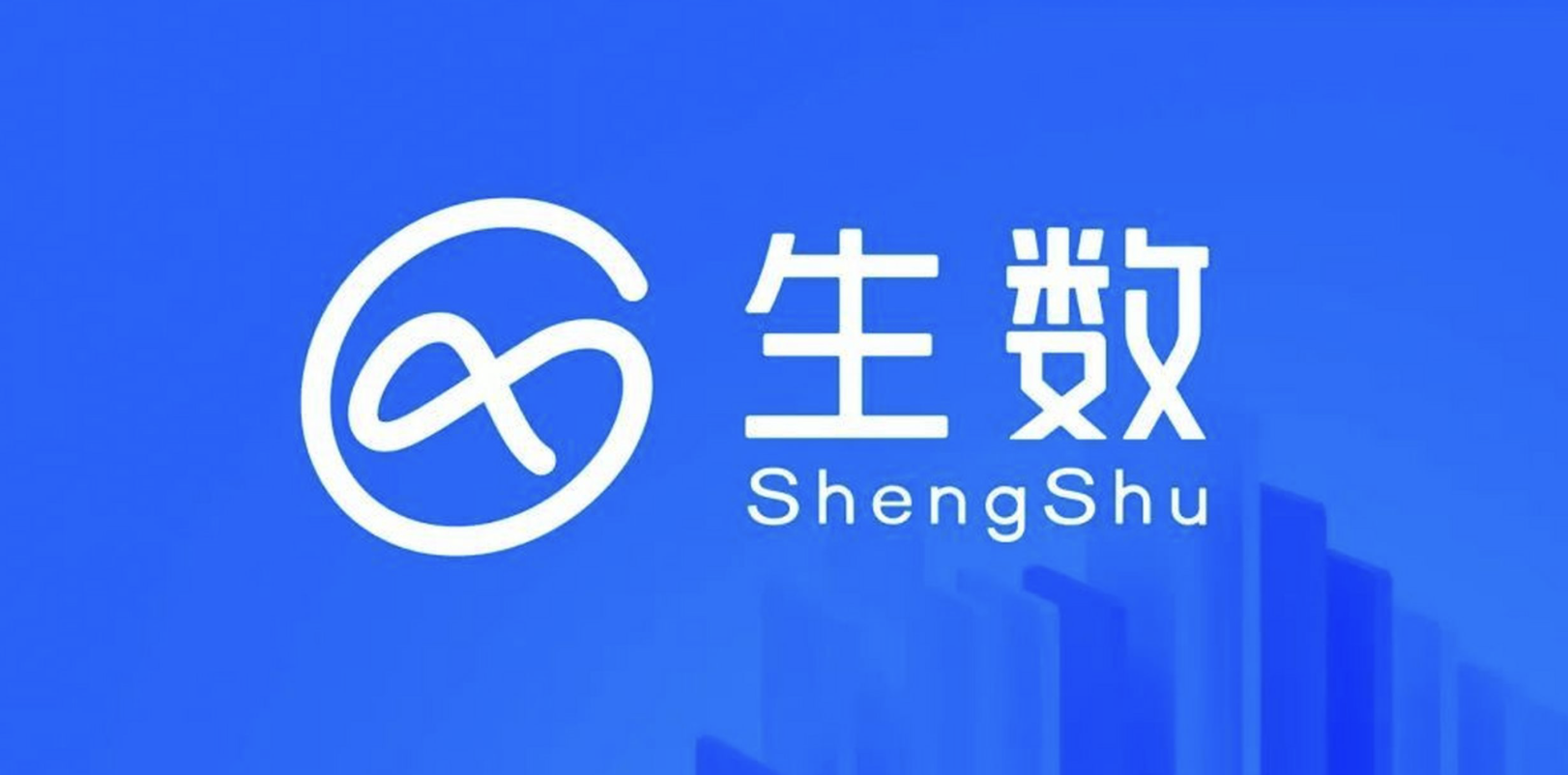Creating an effective customer journey is essential to the success of any business.
It takes careful planning and consideration, as well as a deep understanding of your customer’s needs and preferences. But it doesn’t have to be daunting. With the right tools and templates, you can craft an exceptional customer experience that will keep them coming back for more.
One such tool is customer journey templates, which provide businesses with a structured approach to creating their buyer journeys.
In this article, we’ll explore what customer journey templates are and what makes a good template. Then, we’ll look at 11 examples of great customer journey templates so that you can see first-hand how tools help create great experiences for customers throughout their entire lifecycle.
11 Customer Journey Map Templates
What is a Customer Journey Map Template?
A customer journey map visually represents the customer experience from start to finish. It’s similar to a project management tool, except that it helps businesses understand how different parts of their customer journey contribute to buyers’ satisfaction and loyalty. A customer journey map templates are pre-designed versions of these timelines that give users a solid place to start from.
Typically, a customer journey map template will include key steps in the customer lifecycle, such as onboarding and follow-up. It will also include key metrics such as customer satisfaction and net promoter score, which can help inform decision-making when it comes to refining the customer experience.
By using a template as part of your standard operating procedures to plan out your customer journey, you can quickly gain insight into how different touchpoints are performing and identify areas where improvement is needed. This can then be used to shape your company’s work habits around delivering an exceptional customer experience.
Additionally, templates provide a starting point for businesses that do not have the resources or in-house skills to design their own customer journey map from scratch.
Bonus: SOP software!
What Makes a Good Customer Journey Mapping Template?
If you’re looking to create a fantastic customer journey, having a good template is the key. A stellar customer journey should be both enjoyable and informative, allowing your customers to feel knowledgeable and empowered throughout the entire process.
Likewise, a good customer journey template should be easy to follow and utilize, offering a structure that makes sense for both you and your customers.
- Has clearly defined stages: A good customer journey template should have clear and distinct stages that represent the various touch points or interactions the customer has with your business.
- Shows the customer perspective: The template should be designed from the customer’s perspective, highlighting their needs, expectations, and pain points at each stage of the journey.
- Represents graphically: The template should be visually appealing and easy to understand. A visual representation of the journey can help to identify areas where the customer experience could be improved.
- Is flexible and customizable: A good customer journey template should be flexible and customizable to accommodate different types of customer journeys across different industries or businesses.
- Includes metrics and feedback: The template should include business metrics that measure the success of each stage of the journey, as well as feedback mechanisms that capture customer feedback and suggestions for improvement.
- Facilitates collaboration: The template should facilitate collaboration between different departments within your organization to ensure a consistent and seamless experience across all customer touchpoints.
With a solid template and a customer journey mapping tool, you can create a customer journey that not only meets but exceeds your customers’ expectations. And having that set roadmap to follow will make the process easier and more efficient than ever before.
11 Free Customer Journey Map Templates
Customer journey templates are a powerful tool for mapping out the customer journey, as they provide a concise visual representation of the touchpoints a customer has with your business. These templates can help businesses better understand their customer’s experience, and make data-driven decisions to improve it.
Because every business’s customer journey will look a bit different, we’ve rounded up 11 of our favorite journey templates for various use cases.
1. Customer Journey Map Template
If you’re trying to decide where to start on your customer journey mapping, why not keep it simple with ’s Customer Journey Map Template?
This whiteboard-style template lays out the customer’s lifecycle from start to finish. It offers question prompts on customer actions, touchpoints, experience, and solutions, and breaks the journey into three main stages:
- Awareness: Stage 1 of the customer journey, where customers become aware of the business and its products or services.
- Consideration: The second stage of the customer journey, where customers begin to consider the business as a potential solution to their needs. At this stage, customers may begin to research the business and its products or services, compare it to other options, and evaluate its features and benefits.
- Conversion: The final stage of the customer journey, where customers make a purchase decision and become paying customers.
Each stage has 6 preloaded sticky notes underneath it, but the whiteboard workspace also allows you to add additional sticky notes, draw freehand, add shapes, arrows, and text, and include links to documents, websites, Figma files, and Google Workspace apps.
Overall, this template provides a comprehensive roadmap of the customer’s journey and helps businesses to brainstorm opportunities for improvement.
2. Agency Client Health Tracker by Zenpilot
Stay ahead of your client’s needs and drive customer satisfaction with the Agency Client Health Tracker from ZenPilot. This customizable template allows you to track the health of your customer relationships, manage account details, and more – all in one convenient location.
This template allows you to easily visualize your customer journey from beginning to end. Its customizable fields, user-friendly interface, and powerful tracking capabilities make it easy to manage your customer relationships and stay ahead of their needs.
The Agency Client Health Tracker by Zenpilot includes:
- 8 pre-configured views
- 14 Custom Fields
- Built in activity tracking features
3. User Story Mapping Template
Customer journey mapping breaks down a user’s journey from awareness, consideration, and conversion into smaller pieces and stages, and then represents them on a visual map. This process enables businesses to gain a better understanding of the customer’s perspective and identify areas of improvement in the user experience.
If that’s something your company needs, ’s User Story Mapping Template is for you!
During the process of user story mapping, cross-functional teams work together to identify the different stages of the user journey. This can include identifying buyer personas, user activities, user steps, and more.
This user journey map template utilizes the same whiteboard features as our Customer Journey Mapping Template, just with a different layout and pre-populated fields specific to story mapping.
- Functionality: All the flexibility of our regular whiteboard workspace. The ability to add or remove sticky notes, link out to documents and websites, add photos, shapes, arrows, and text, and even freehand draw.
- User guide: The steps on the left-hand side show you how to use the template, and there are premade sections for user activity, user steps, releases, and customer personas.
By creating a shared understanding of the user’s journey, businesses can develop more effective solutions and products that better meet their customer’s needs.
4. Empathy Map Whiteboard Template


Empathy mapping enables teams to gain a more profound understanding of their buyers. Like a user persona, empathy maps represent a specific customer segment or profile. It is designed to help teams develop empathy and identify with their customers’ needs, feelings, thoughts, and motivations.
’s Empathy Map Whiteboard Template allows team members to share insights and observations on their customers’ behaviors, experiences, and challenges. By using a user persona template and creating a visual representation of their customers’ perspectives, teams can develop a better understanding of their customers’ emotional and psychological states, ultimately leading to more customer-centered solutions.
The template features 6 sections designed to guide your understanding of your customer journeys:
- Think and feel: The customer’s worry and aspirations, what makes a difference to them, and what their mindset and character reveal about them
- See: The customer’s environment, market, and cultural preferences
- Hear: What influencers, friends/family, and boss/peers/co-workers are saying to the customer
- Say and Do: The customer’s behavior towards others, public attitude, and appearance
- Pain: The customer’s fears and frustrations
- Gain: The customer’s wants, needs, and measures of success
The Empathy Map Whiteboard Template is an essential tool for any team looking to understand their customers better. But it can also be used in-house for HR teams wanting to understand their employees better. Consider implementing empathy mapping into your HR software, or make mapping employees one of your HR goals.
5. Customer Success Plan Template


Customer success is an essential aspect of maintaining and growing a loyal customer base for any business. A customer success plan is a critical tool that can help you provide an exceptional customer experience, leading to long-term customer satisfaction and loyalty.
’s Customer Success Plan Template is an easy way to visualize critical customer information in a single place for streamlined efficiency and quicker customer support.
- Filter by status: Quickly view all customer information depending on where customers are at in your pipeline – either “onboarding,” “ongoing,” “retention,” “on hold,” “complete,” or “inactive”
- Quick view important customer information: Client name, phone number, email, location, service type, agreed upon pricing, progress percentage bar, and attachment to the contract
- Add subtasks: Add custom subtasks to the customer’s card, and visually check how many tasks have been completed just below the client’s name.
Using this template gives you a bird’s eye view of where each customer is at in your lifecycle, and which tasks still need to be completed for them to move along to the next stage. It provides accountability and oversight in a single view.
6. Voice of the Customer Template


In today’s competitive business landscape, providing top-notch customer service is important for the success of any organization. To achieve this, you need to gain a deep understanding of your customer’s needs, expectations, and preferences. That’s where ’s Voice of the Customer Template comes in.
This template helps you gain insights into your customers’ experiences and improve your overall customer satisfaction. It captures customer feedback through various channels like surveys, case studies, social media, customer interactions, and online reviews, then helps guide you toward finding a solution.
- Voice of the customer: This lets you put a soundbite of a customer’s review or feedback (ie, “This product is too difficult to use”)
- Customer need: Space to interpret what the customer is looking for that they aren’t getting based on the complaint (ie, “Customer needs instructions that are easier to understand”)
- Solution: Space to determine how you’ll meet the customer’s need (ie, “provide alternative instructions via video walkthrough and online recordings)
This “problem–need–solution” format can help you improve customer satisfaction and increase customer loyalty. When customers feel heard and see that their feedback is being acted upon, they’re more likely to become loyal to your brand and recommend your business to others.
7. Customer Problem Statement Template


There are numerous reasons why a product or service may fail to meet customer expectations. That’s why it’s so important to take the time to understand your customer’s challenges and problems. One way to do this is by using ’s Customer Problem Statement Template to capture customer issues and create strategies to solve them.
The customer problem statement template includes 5 sections:
- Customer profile: Where you’ll include a customer description and personal information to help identify the segments this customer fits into.
- Customer objectives: Where you’ll write what your customer hopes to accomplish with your product or service.
- Customer roadblocks: Where you’ll list any barriers standing between your customer and their objectives.
- Barrier root cause: Where you’ll identify what deeper issue is causing the roadblocks.
- Emotional impact: Where you’ll write your plan to target the pain points and help them reach their goals.
This template will help you clarify your customers’ frustrations and pain points to understand them better, improve business operations and products to meet customer needs, and educate your team so they can become more empathetic customer advocates.
8. Customer Onboarding Template


An organized customer onboarding experience is essential for the success of both new clients and the company.
Good customer onboarding can lead to improved customer satisfaction, retention, upselling and cross-selling opportunities, and long-term brand loyalty. On the flip side, a negative experience can lead to customer frustration and churn. Use ’s Customer Onboarding Template to ensure your business reaps the benefits – and avoids the pitfalls.
The template offers 4 preset stages of onboarding (though, they can be edited to suit your needs):
- Welcome gift: The first stage includes sending a welcome email, present, and additional information to a new customer.
- Team assignment: The second stage includes assigning a person or team to manage and support the new customer.
- Onboarding Questionnaire: The third stage includes sending out a series of questions to the new customer, getting it back, and reviewing the responses.
- Onboarding Call: The fourth stage includes scheduling and running an onboarding meeting with the new customer.
Each stage offers fields for the new customer name, assignee, priority level, customer contact information, onboarding call date, services, and customer type, plus subtasks within each stage. Note that this template is specific to customer onboarding – but we have plenty of great resources on employee onboarding and welcoming new hires, too!
9. Customer Service Escalation Template


Providing excellent customer service can set a company apart from its competitors and create a loyal customer base. However, even the best customer service teams can face difficult situations that require escalation to higher levels of management. This is where ’s Customer Service Escalation Template comes in.
This template lets you see all customer service tickets in a single view, as well as additional views for tier support and team capacity. Tickets are organized by new tickets, Tier 1, Tier 2, and beyond, depending on the customer’s need.
Each support section has the following field to give your support team all the context they need to resolve customer issues.
- Task name: The subject of the issue or request in question (ie, “Product demo inquiry” or “refund status”).
- Custom task ID: To easily categorize, identify, and track support tickets.
- Assignee: To assign a particular support staff member to the request. Assignee data can be pulled later to assist in supporting staff performance reviews.
- Customer information: Including name, phone number, email, address, order ID, and support request message.
- Issue category: To help you identify the type of support the customer is requesting (ie, a refund, follow-up message, replacement, etc.).
- Attachment spots: Optional fields to capture images or files the customer provides, and to attach a copy of their receipt.
- Impact level: To determine how critical or urgent resolving this task is.
Handling customer service escalation requests in a quick and organized fashion can improve customer satisfaction, reduce customer churn, increase efficiency, improve communication, and provide valuable data for continuous improvement.
10. SlidesGo PowerPoint Customer Journey Mapping Template


While we believe provides the best customer journey templates possible, we know that sometimes, you don’t get to choose the software you use to conduct your business. For those who have to stick with Microsoft solutions, SlidesGo provides a Customer Journey Map Template to help you track your customer’s lifecycle.
This slide pack includes high-level, mostly visual templates to use in presentations, as well as a few more detailed journey maps that take you through the awareness, acquisition, service, and loyalty customer stages. This download includes:
- Wide variety of options: 30 different 100% editable infographics and customer journey maps
- Most common format size: Widescreen 16:9 format for all screen types
- User guide: Additional information and instructions on customizing the graphics
These templates are not quite as detailed or varied as the options, but if you’re creating a quick slide deck for a presentation, they’re a perfect solution.
11. SidesGo Google Slides Customer Journey Map Template


If your company uses Google Workspace and you’re required to keep your customer journey templates within the Google family, these SlidesGo Google Slides Customer Journey Map Templates are for you.
It’s important to have a complete understanding of your customer’s needs, opinions, motivations, doubts, and interactions with your product. This thorough analysis of the customer’s experience is a critical aspect of product development. This set of infographics was creed to help with these studies.
This download includes:
- Wide variety of options: 32 different 100% editable infographics and customer journey maps
- Most common format size: Widescreen 16:9 format for all screen types
- User guide: Additional information and instructions on customizing the graphics
These infographics are easy to use and can help elevate any presentation on customer experience studies. While they’re designed with Google Slides in mind, they can also be downloaded for use with Microsoft PowerPoint.
Related Customer Journey Resources:
How to Create a Customer Journey Map?
Now that you have a variety of templates to choose from, you may be wondering how to actually create a customer journey map. Here are some simple steps you can follow:
- Identify your target audience: The first step in creating a successful customer journey map is knowing who your customers are. Identify the demographics, interests, and pain points of your existing and potential customers. This will help you understand their needs and motivations.
- Map the stages of your customer journey: Next, map out the different stages that a customer goes through when interacting with your brand. These typically include awareness, consideration, purchase, retention, and advocacy.
- Gather data: To create an accurate customer journey map, gather data from various sources such as surveys, interviews, and feedback. This will give you a better understanding of your customers’ experiences.
- Create personas: Develop fictional characters that represent the different types of customers you have. A buyer persona should be based on real data and help you empathize with your customers for a deeper understanding of their journey.
- Analyze emotions: Customers’ emotions play a crucial role in their journey map. Identify how they may feel at each stage of the journey and make note of any pain points or moments of delight. This can help you improve their overall experience.
- Plot the map: Finally, plot all the stages, touch points, and emotions on a visual map to get a clear understanding of your customer journey. This will help you identify areas for improvement and align your strategies with your customers’ needs.
Optimize Your Workflow with Customer Journey Templates
Customer journey templates are a valuable tool for businesses looking to efficiently map and track their customers’ lifecycles. By utilizing these templates, businesses can identify opportunities to improve the customer experience and stay competitive in today’s market.
We may be biased, but we think the easiest way to get started with customer journey mapping is by using . ’s workspace lets you easily visualize your customer lifecycle, and our templates help you to quickly and intuitively organize it, whether you’re working solo or as part of a larger team. And when you do need to collaborate with other contributors, makes getting feedback simple.
It’s free to get started with , so give us a try today to see how a bit of planning upfront can maximize your production in the long run.


Everything you need to stay organized and get work done.














